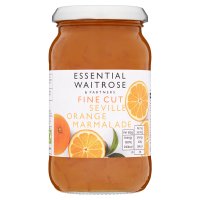A pair of earplugs is not usually part of a welcome pack but
it certainly proved useful that first night at our ‘glampsite’ in Almayate, on
the Costa del Sol. Our hosts, Richard and Carol apologised
in advance for the feria that rollicked
until 4am in the morning. Perhaps it
did, I don’t know. I was sound
asleep.
A Mongolian yurt in Andalucia suggests remoteness and
retreat. This wasn’t really the case
here. Arriving at 10pm, we were assailed by the heady smell of bougainvillea
and oleander and the tick, tick, ticking of the automatic watering system.
The yurt was positioned by a gate with
parking space for two cars and a path to a wooden structure, comprising a
kitchen and bathroom and dining areas outside. At the other end of the garden
were two pools, one a water feature housing carp, the other an oversized
paddling pool, which our hosts would tend lovingly during our week long stay.
Nocturnal excursions to the loo were easily achieved as the path flooded with
light on passing. Inside the yurt was
dominated by a fine double bed, underneath a circular gap in the roof, which
revealed the stars at night, although for more sublunary souls there was Sky TV
and Wi-Fi.
In the distance, you could hear the rumble of traffic streaming
along the coast. I relinquished the idea
of silence, punctuated only by the cry of vultures and the clanging of goat
bells. Instead early the next morning we
were woken up by a rhythmic ringing sound, as Pepe, the local farmer trundled
his oxen cart to the local market.
Another reason for having ear plugs.
I was intrigued by the juxtaposition of tourism and agriculture:
apartment blocks beside a field of goats; a vegetable patch that merged into a
site for billboards. It was easy to
avoid roads and in time the traffic sounds faded into my unconscious. As the July temperatures crept up into the
high thirties, we wanted to bathe. The
back way took us past acequias which
irrigated fields of cucumber, courgette and pepper, and a simple smallholding
with two chairs, a radio and a skittish kitten. We found the beach eventually
with its basic beach bar and two
types of gin.
Carol and Richard told us how they had escaped
the rat race to live a simple life. Here
it was all around us in abundance.
.jpg)









